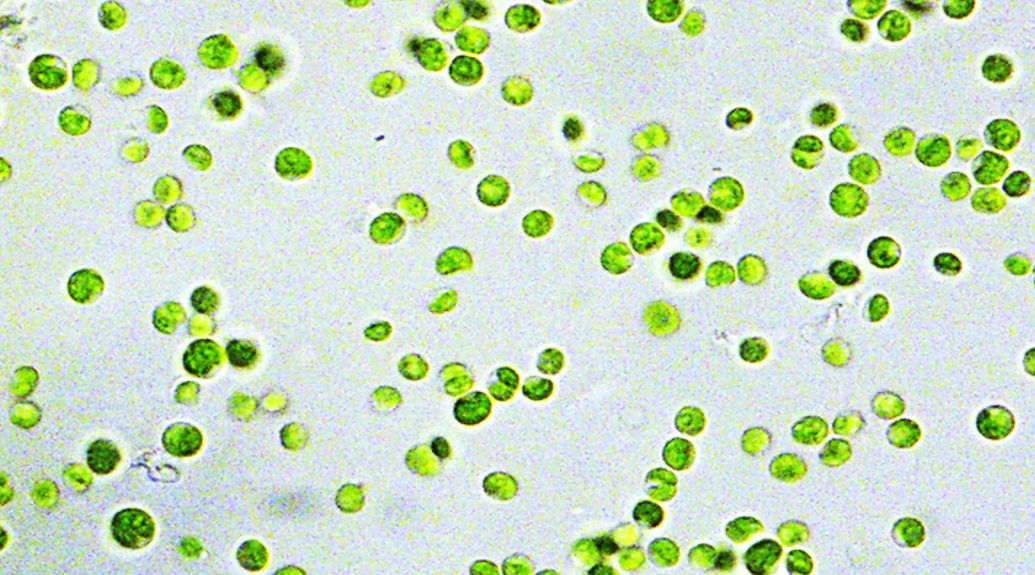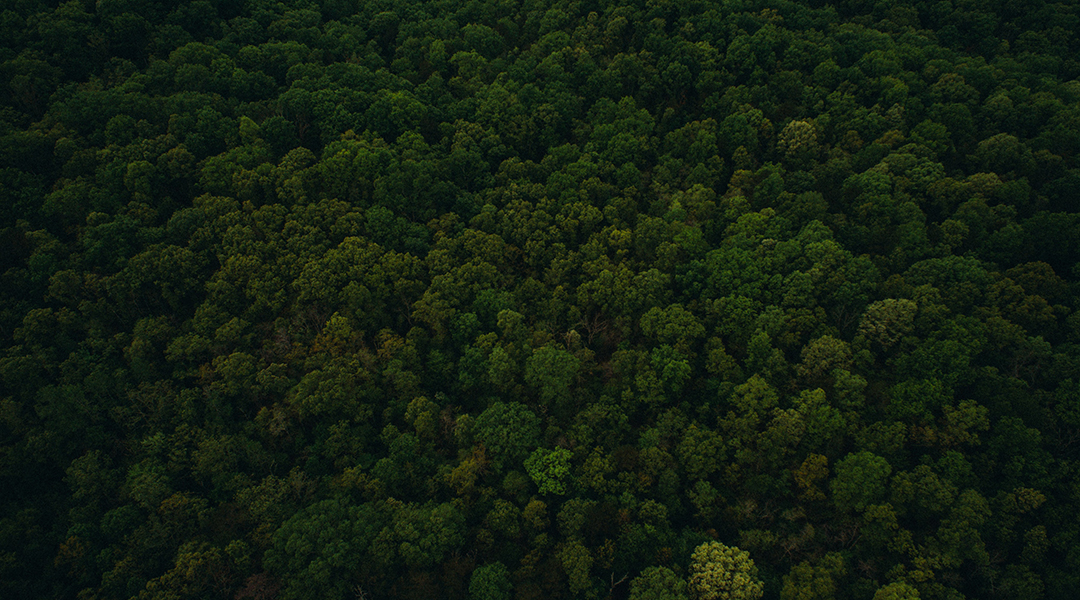A growing bioeconomy requires increasing amounts of biomass from residues, wastes, and industrial crops for bio‐based products and energy.


A growing bioeconomy requires increasing amounts of biomass from residues, wastes, and industrial crops for bio‐based products and energy.

In the Himalayas, where the ontology of water is not always premised on the creations of boundaries between nature and culture, the condition of water, whether abundant or scarce, has key implications for cultural life.

A new approach drastically improves the amount of energy harvested from microalgae for sustainable bioenergy.

The Story of CO2: Big Ideas for a Small Molecule

Imagine how these two planes – the world of machines and the world of human systems – will work synergistically to realize the potential of new materials and the systems into which they will be integrated.

Desalinating water to meet the world’s growing water demands may be feasible using solar energy.

This year, April 22, 2020 marks the 50th anniversary of Earth Day, a grassroots idea from the 1970s that became a global movement.

Demand for chillers to cool spaces like airports and shopping malls is expected to grow dramatically over the next three decades.

In facing a pandemic of this magnitude, coming together and seeking connection is more important than ever before.

Making Europe go from bottled water to the tap will require political and societal attempts to induce behavioral change to mitigate the amount of plastic currently being consumed.